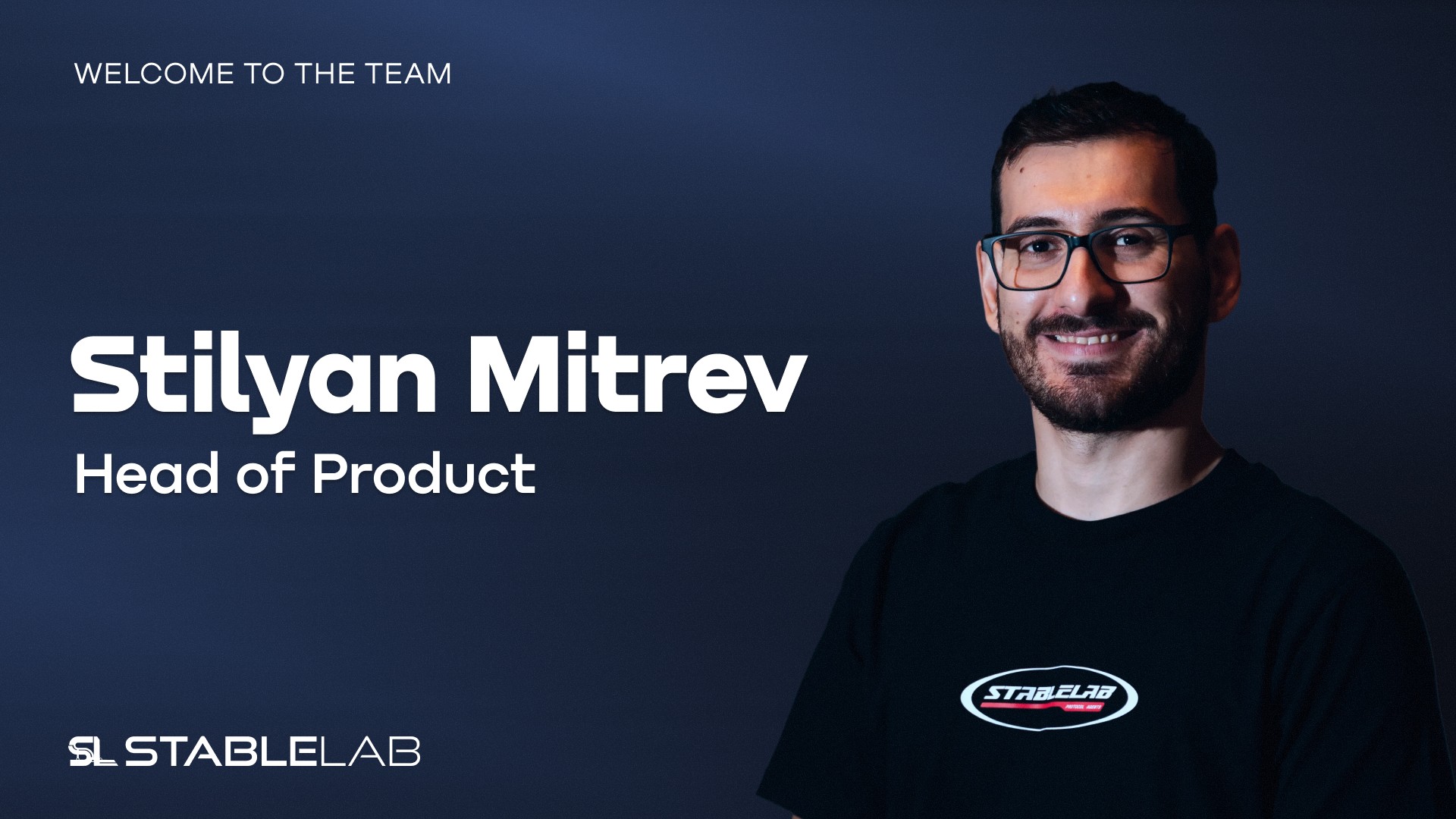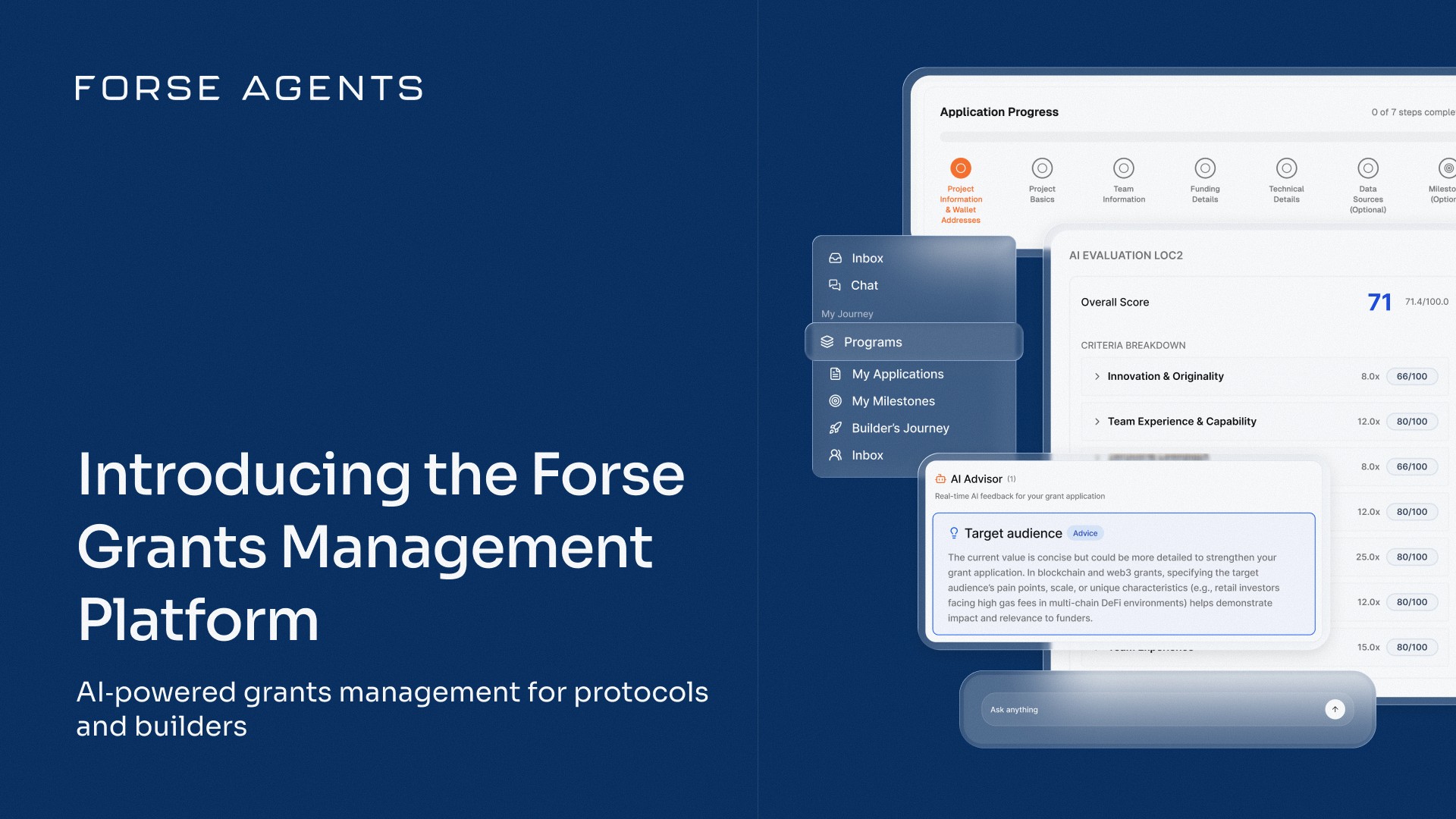Sometimes, the best way to sharpen your thinking is to hear how others are wrestling with the same questions. That’s exactly what we’ve been doing at StableLab, and now, we’re inviting you in.
Led by our Governance Lead, Raph, we’ve been hosting a series of internal sessions where we invite external guests — builders, researchers, and governance innovators — to present one big idea, then dive into open discussion with our team.
We created these sessions to deepen our internal thinking. But the conversations were too valuable to keep to ourselves. That’s why we’re launching The Interview Series: a public collection of writeups sharing the key insights, questions, and takeaways from these guest-led deep dives.
In this first edition, we sat down with Noturhandle, co-founder of Butter, to unpack one of the most disruptive governance ideas out there: Futarchy, and how it’s being implemented today through Conditional Funding Markets.
Meet Our Guest: Noturhandle, the co-founder of Butter
Noturhandle is a prominent figure within the DAO governance landscape, renowned for his groundbreaking work with Butter. Butter implements Futarchy, a governance system initially proposed by economist Robin Hanson, through Conditional Funding Markets (CFMs). Their primary goal is to enhance transparency, accountability, and efficacy in DAO funding decisions by leveraging prediction markets and conditional financial mechanisms.
Butter has successfully executed projects with major DAOs, notably Optimism and Uniswap, offering tangible demonstrations of Futarchy’s applicability and effectiveness.
Rethinking Governance: What Futarchy Really Means
Before we jumped in with questions, Noturhandle explained what Futarchy actually is, and why it matters.
Futarchy is a governance model that moves beyond traditional voting by leveraging prediction markets to inform decisions. Instead of relying solely on sentiment, politics, or intuition, Futarchy taps into collective forecasting to guide what actions a DAO should take. It’s about asking: Which decision is most likely to produce the best outcome?
One key clarification Noturhandle offered was this:
“Decision Markets vs. Prediction Markets” — A common misconception is that decision markets are just a form of vote-buying. In reality, they use prediction markets to forecast the outcomes of different decisions. Traders don’t vote for their preferred outcome — they bet on what they believe will happen. The DAO then uses these forecasts to guide its decisions, based on which option is expected to deliver better results." (Source)
This distinction is vital. When implemented through CFMs, Futarchy reduces bias, brings financial skin-in-the-game, and creates real-time feedback loops that enhance the quality and accountability of DAO decisions.
But what makes this model especially timely?
Nearly a decade ago, Vitalik Buterin introduced Futarchy as a potential framework for decentralized governance. Recently, interest has reignited, thanks in part to advances in platforms like Polymarket, and a growing recognition of the value in informational finance (“infoFi”).

“Ethereum is for Futarchy.”
While still experimental, real-world pilots, such as those by Optimism and Uniswap, have demonstrated the viability of CFMs in aligning treasury decisions with measurable outcomes. CFMs don’t replace existing governance, they augment it with stronger incentives and higher-resolution data.
A Conversation on CFMs, Incentives, and Implementation
After the main presentation, the conversation evolved into a dynamic discussion between the team and Noturhandle, touching on the practicalities, limitations, and future potential of Conditional Funding Markets. (The following is a summary of our discussion.)
Raph (Governance Lead at StableLab): Let’s start from the basics—what's the core idea behind Conditional Funding Markets, and why are they relevant for DAOs?
Noturhandle: CFMs are all about aligning incentives. Rather than distributing funds based on a vote and crossing your fingers, CFMs attach funding to outcomes. If a project hits a defined metric, say, increasing TVL by 20%, then the funding gets released. If not, it doesn’t. It’s accountability by design.
Gustav (CEO & Cofounder at StableLab): And how does this compare to how most DAOs currently do grant funding?
Noturhandle: Right now, most DAOs rely on token holder votes or centralized grant committees. But once the funds are distributed, follow-up is inconsistent and subjective. CFMs flip that. They turn governance into a predictive system, people stake on whether the proposed initiative will succeed. You’re no longer voting on a vibe, you’re forecasting results.
Mel (Governance Analyst at StableLab): So what changes in delegate behavior when money’s on the line?
Noturhandle: You get better signals. In a traditional vote, a delegate might support a proposal because it looks good politically. In a prediction market, people have to put their money where their mouth is. That leads to more thoughtful forecasting and fewer decisions based on popularity or politics.
Mel: Can you give an example?
Noturhandle: Sure. Take a proposal to launch a developer incentive program. Instead of debating its merits abstractly, you create a market that asks: Will this program increase TVL by 20% over six months? Participants bet on yes or no. If the market believes it won’t hit that mark, maybe you rethink the proposal, or restructure it with clearer incentives.
Nneoma (Governance Analyst at StableLab): That sounds powerful, but aren’t there risks of manipulation? Like whales placing big bets to influence the outcome?
Noturhandle: Yes, market manipulation is a valid concern. But well-designed CFMs naturally resist this. In the short term, sufficient liquidity makes it harder to skew the market. And in the long term, resolution mechanisms ensure that only accurate predictions are profitable. Even if a large holder tries to game the outcome, their returns are ultimately based on what actually happens. Forcing a decision that performs poorly delivers weaker ROI, meaning it's more profitable to bet on the best outcome, not just your preferred one.
Mel: Framing the questions seems key too, how do you avoid vague or misleading setups?
Noturhandle: Great point. If you ask, “Will this proposal be successful?”—that’s useless. It’s too subjective. But if you ask, “Will it lead to a 10% increase in active wallets within 90 days?”—that’s concrete. Good CFMs are built around precise, measurable outcomes.
Kene (Governance Analyst at StableLab): What about success metrics? How do you decide what to track?
Noturhandle: That depends on the DAO’s priorities. It could be TVL, governance participation, revenue, dev activity, whatever makes sense. But you have to define it beforehand. That’s the only way to make the system work.
Mel: How does this compare to other forecasting tools already used in DAOs?
Noturhandle: Most DAOs rely on retroactive analysis and delegate intuition. CFMs introduce financial skin in the game. People don’t just make predictions, they bet on them. That leads to more reliable, real-time feedback.
Raph: What’s the best way for a DAO to start experimenting with this?
Noturhandle: Start small. Run a CFM on a low-stakes initiative. Frame the question well, use clear metrics, and invite broad participation. It’s not about replacing governance, it’s about upgrading it with better information.
StableLab’s Take
Our conversation with Noturhandle reinforced something: the future of DAO governance won’t be decided by louder votes, but by smarter systems.
Conditional Funding Markets offer a compelling step forward. By tying funding to onchain outcomes and embedding incentives into the decision process, they bring accountability by design, not as an afterthought.
While Futarchy is still in its early innings, its implementation through CFMs signals a shift from speculation to structure, one where conviction is measurable, and impact is traceable.
At StableLab, we’re excited by governance mechanisms that align capital, community, and clarity. CFMs are a powerful tool in that direction, especially for DAOs looking to rethink grants, delegation, and treasury oversight.
We’re grateful to Noturhandle for helping push this conversation forward, and we’ll continue exploring frameworks that make DAO governance more intentional, informed, and outcome-driven.
For Those Interested in Diving Deeper
📖 Read
🎥 Watch
Coming Up Next
In our next session, we sit down with Luca Prosperi, co-founder of M0, a project building decentralized monetary infrastructure for DeFi. Luca shared insights on creating a central bank-like layer, the role of risk frameworks, and why stablecoins should be viewed as programmable money, not just payment tools.
Don’t miss it.
Share with your friends:








